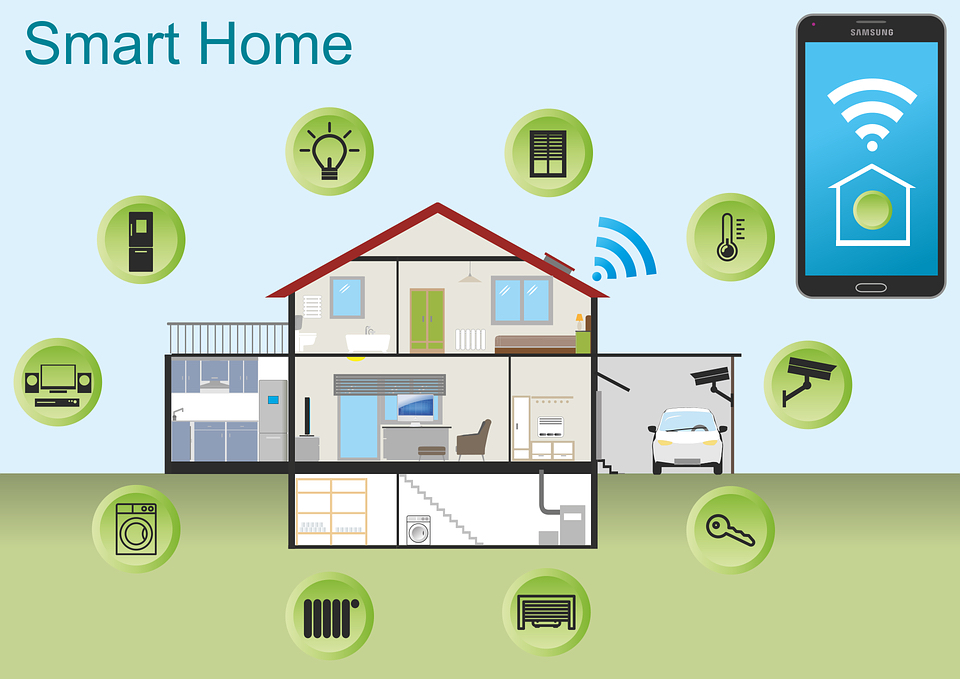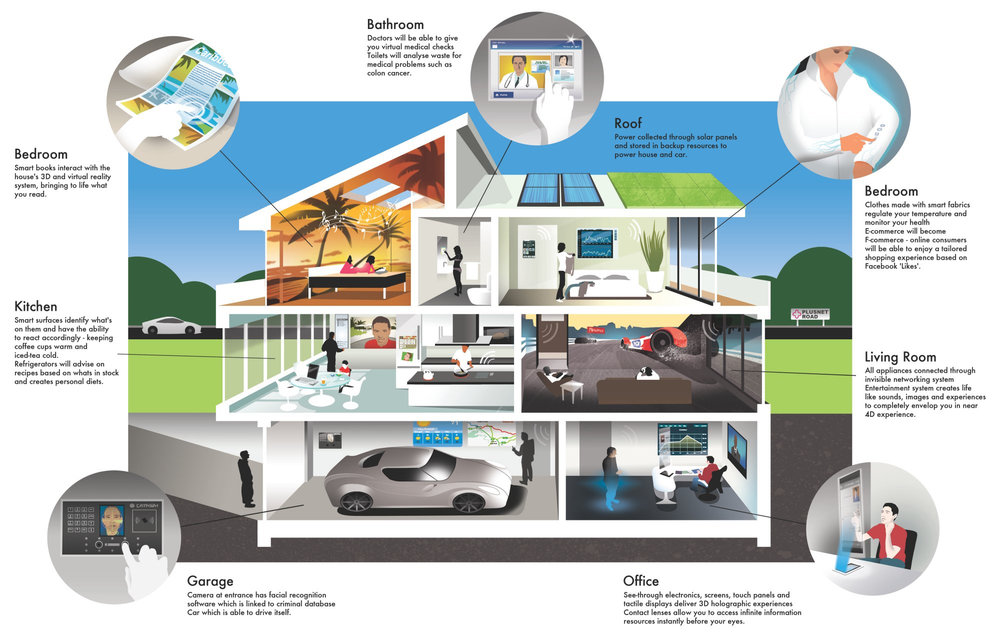The falling cost of adding sensing and communications to consumer products will mean that a typical family home, in a mature affluent market, could contain several hundred smart objects by 2022, according to Gartner, Inc.
The research group says that the smart home will be an area of dramatic evolution over the next decade and will offer many innovative digital business opportunities to those organizations who can adapt their products and services to exploit it.

“We expect that a very wide range of domestic equipment will become ‘smart’ in the sense of gaining some level of sensing and intelligence combined with the ability to communicate, usually wirelessly,” says Nick Jones, vice president and distinguished analyst at Gartner. “More sophisticated devices will include both sensing and remote control functions. Price will seldom be an inhibitor because the cost of the Internet of Things (IoT) enabling a consumer ‘thing’ will approach $1 in the long term.”
The number of smart objects in the average home will grow slowly for at least a decade because many large domestic appliances are replaced infrequently, he adds. However, although a mature smart home won’t exist until the 2020 to 2025 time frame, smart domestic products are already being manufactured and the first digital business opportunities they enable have already emerged.
Smart domestic product categories are manifold and range from media and entertainment, such as consoles and TVs, to appliances, such as cookers and washing machines, to transport technologies, security and environmental controls, and healthcare and fitness equipment.
Wireless technology will be a key foundation of the smart home and most of the device categories will be connected wirelessly although no single technology will dominate. Gartner expects Wi-Fi, Bluetooth, ZigBee, cellular and various proprietary and mesh networking wireless technologies will all find a place in the smart home.
It’s therefore likely that a range of gateways and adapters will be necessary to bridge between the many different standards and protocols. Many domestic wireless smart objects will be portable and won’t have ready access to a wired power supply, so battery manufacturers will profit from the smart home as will developers of power supply and storage technologies such as wireless charging.
The smart home will enable new opportunities at all three levels of Gartner’s digital business framework — business process (improving existing processes), business models (new business approaches that disrupt existing markets) and business moments (intercepting and exploiting transient business opportunities).

Examples of key business opportunities facilitated by the smart home include:
- New products and features — From improving usability with the addition of gesture or voice control to updating or enhancing a product’s features throughout its life span, smart products have the potential to considerably improve existing products.
- Revenue and cost-saving opportunities — Examples range from the automatic replenishment of consumables in domestic products (e.g., coffee capsules, water filters and vacuum cleaner dust bags) to the interception of purchase and replacement decisions.
- New business models — Examples include new combinations of products and services that threaten traditional companies. For example, a service provider could integrate information from low-cost sensors combined with other smart products such as smart locks and domestic sensors to create new cloud-based home monitoring and security services that undercut traditional burglar alarms.
- Social and government initiatives — In some countries governments will see the increasing intelligence of domestic technology as a way to influence consumer behavior or improve the delivery of services to citizens. For example, sensors and smart products could enable differential taxation; tax on water used for washing could be lower than taxes on water used to irrigate the garden. Another example might be smart trash cans that report when they’re full and need collecting.
- Analyzing and monetizing information — Virtually all smart domestic objects will contain some type of sensor, and some will contain many sensors. Collecting, analyzing and monetizing the information collected by smart products will be central to many Internet of Everything—based digital business models.
Despite the many business opportunities afforded by the smart home, the smart home vision faces many challenges, not least that consumers may need to be convinced of its value, notes Gartner. Some elements of smart home technology such as remote controlled switches and dimmers have been available for many years but have very little traction outside techno-geek users because few consumers see sufficient value.
Smart products will be internally more complex than their predecessors but to be successful the product must appear simple and usable for nontechnical individuals, says Gartner. What’s more, consumers are also likely to have concerns over data usage, security and privacy. Digital business models will rely heavily on the additional information that smart products collect compared with their “dumb” counterparts.
However, inappropriate use of this information could generate a consumer backlash. Business models that analyze information, especially those that combine information from several sources, must pay great attention to issues such as consumer opt-in, education and data security, and product developers should consider external audits of their information usage.
Finally, a lack of interoperability and standards may also hinder adoption of smart devices. Currently, the smart home domain is a confusing technical jumble that includes many different networking technologies and protocols, most of which are proprietary and don’t interoperate. Some interoperability initiatives are underway; however, it’s likely that although islands of interoperability will emerge around specific vendors and products, the domain will remain technically fragmented through 2020.
